On March 26th, 1987, the now-iconic Nike Air Max 1 was released onto the world. Since then, countless iterations of Nike’s trademark “Air” technology have found their way onto a wide range of the brand’s products, many of which have held a decades-long grip on the hearts and minds of devoted fans. Fast forward 27 years and the brand decides there’s no better way to commemorate the magic of the Air Max than with its own bonafide holiday. And so, on March 26th, 2014, Air Max Day was born.
Each year, the Swoosh spends the 26th of March launching an array of global activations, pop-ups, limited-edition releases, and debuting its newest Air-equipped models, often to much public acclaim.
Despite this constant looking forward to what is more stylish, comfortable, or performance-enhancing, Nike also understands its unique place as a cultural hub of nostalgia and the power of its hallowed-vault of timeless designs. As a result, Air Max Day – which at this point has essentially evolved into Air Max Month – simultaneously celebrates technological advancements and Air’s heritage. Rivaled only by the cult-like status of OG Air Jordans, no other line in the Swoosh’s history holds the same kind of cultural impact as the Air Max series. The best Air Max Day releases effortlessly combine retro and future.
Air’s origins date back to 1977 when 52-year-old, former aerospace engineer Marion Franklin Rudy successfully pitched the idea of Air cushioning in an athletic shoe to Nike co-founder Phil Knight. After facing rejection by 23 previous footwear companies, Rudy was now on the cusp of transforming the athletic world and soon, with the aid of a young Tinker Hatfield, the lifestyle market. While the first shoe with an Air unit was the ‘77 Nike Air Tailwind, it wasn’t until Hatfield exposed the technology with the AM1 a decade later that Air really became a household name.
Now, you might be wondering how something as seemingly innocuous as an airbag in a shoe ended catching all this fuss. And how can you really make something as simple as an air bubble better? Here’s how the designers at Nike have found a way to in recent years:
2014:
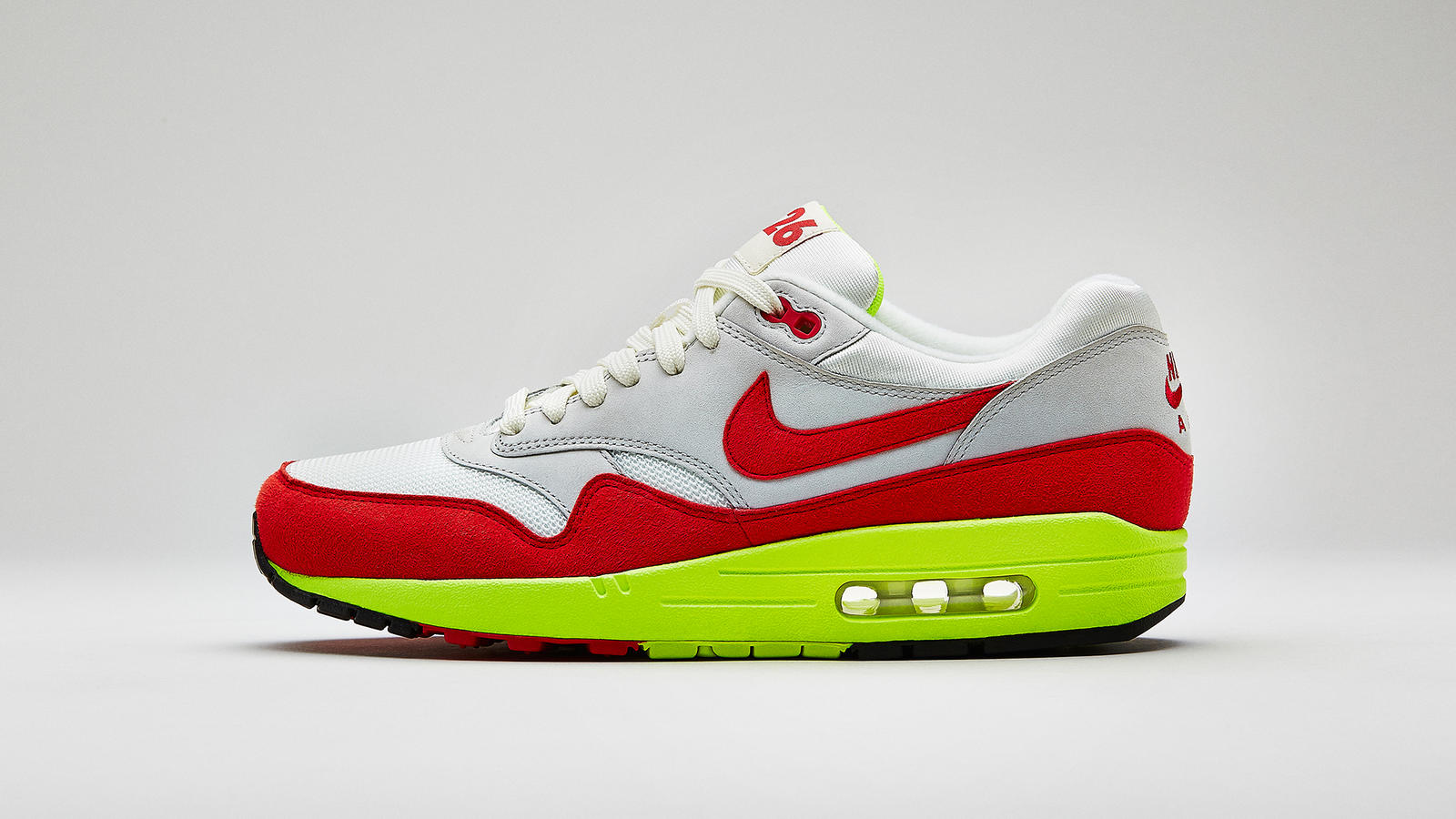
Air Max Day came onto the scene in a pretty laidback manner. While no new technology or high-profile collaborations were presented, a series of international activations and the release a limited-edition, 27th-anniversary red/white/volt Air Max 1 stole the attention of sneakerheads the world over. The OG colorway’s white/red upper was paired with “3.26” branding on the tongue, Volt green tongue accents, and matching Volt midsole. The day’s events encouraged people to share their Air Max memories online and IRL and help shape Air Max Day into what they wanted it to be.
2015:
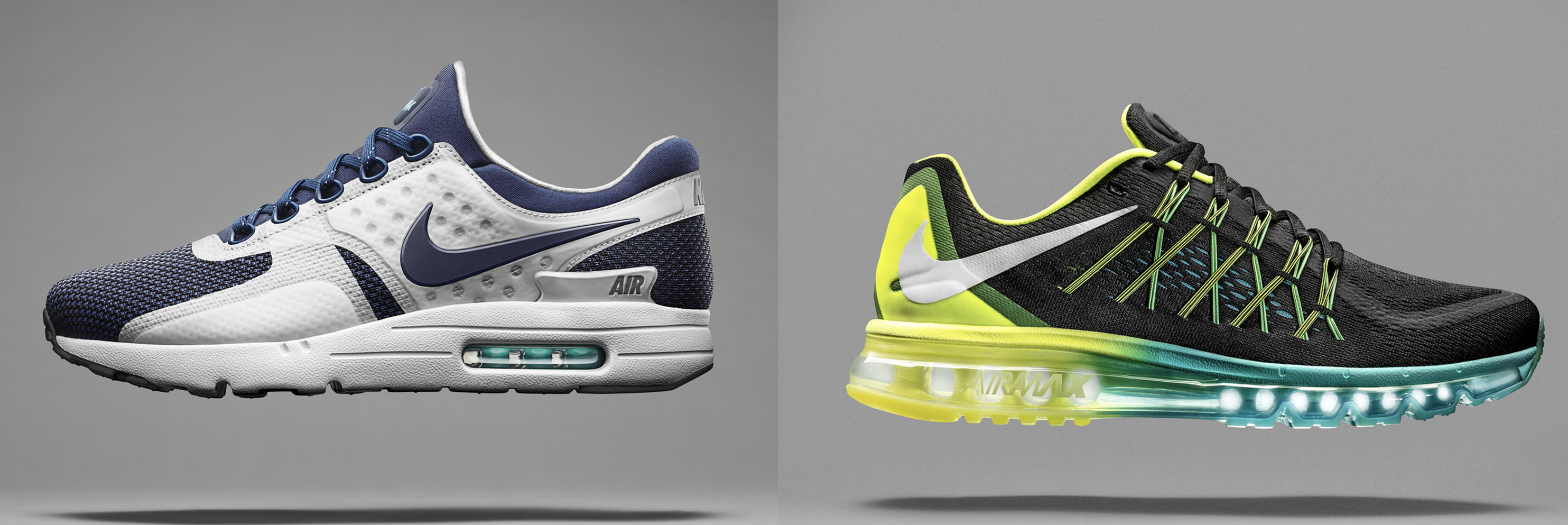
With the inaugural holiday proving interest was there, Nike decided to double-down the following year with the launch of the all-new Air Max Zero and Air Max 2015 models. The AM2015, while short-lived, was lauded at the time for combining the brand’s secure FlyWire fastening system with a fully visible, full-length Air midsole. It also had a reverse Swoosh years before Travis did it.
The Air Max Zero on the other hand was marketed as the shoe that could have been. Hatfield’s prototype of the Air Max 1, the Air Max Zero never saw a proper release. Based on original sketches deemed too out-there even for Tinker’s track record, Nike eventually shelved it in favor of the equally as risky AM1. The rest was history.
2016:
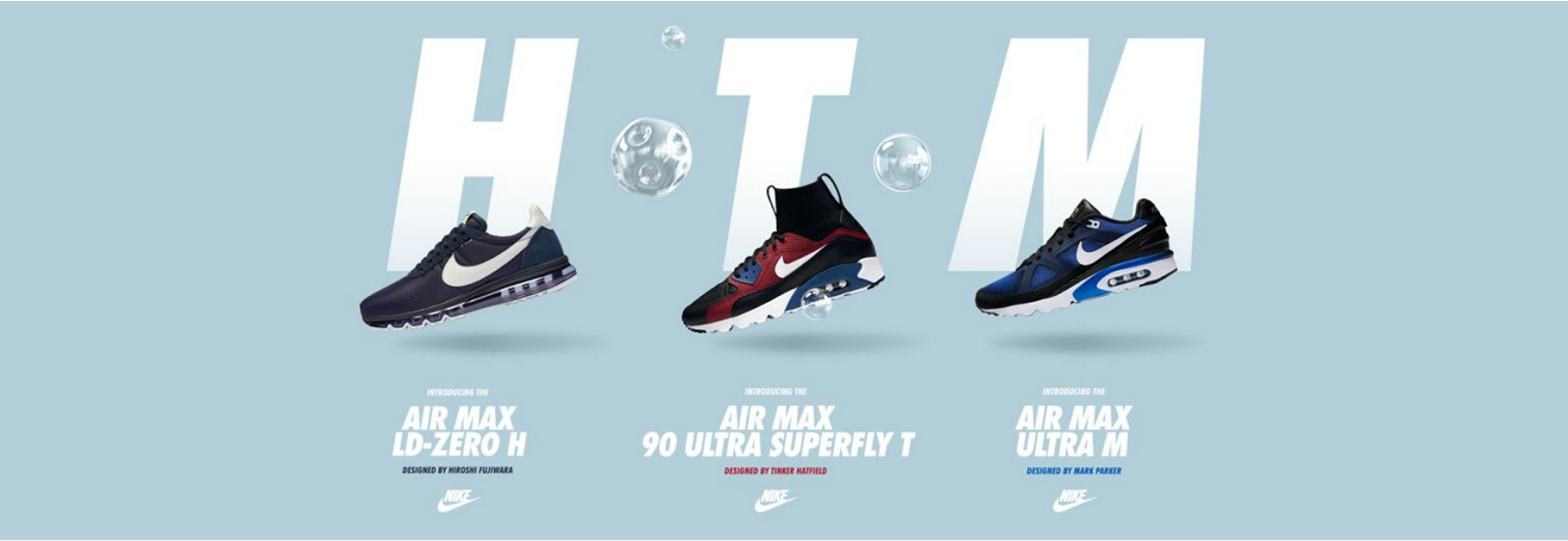
For Air Max Day 2016, Nike brought out the heavy hitters debuting three new silhouettes from the HTM namesakes (Hiroshi Fujiwara, Tinker Hatfield, Mark Parker). Fujiwara had his sleek, dark navy Air Max LD-Zero, Hatfield had his hybrid sneaker/soccer boot the Air Max 90 Ultra Superfly, and former Nike CEO Parker had his Air Max Ultra M, a shoe seething with OG Nike Air heritage. While none of the three silhouettes pushed the envelope in terms of cushioning technology, three different aspects of great design were on full display from each of the HTM crew. A moment of silence for Nike HTM, a GOAT status subline.
2017:

One could consider this as The Air Max Day. This was the year that Nike ramped it up a notch and debuted an onslaught of high-key collabs, retros, and all-new tech all in one go. For starters, the Air Max 1 received the perfect retro treatment for its 30th-anniversary arriving in OG white/red followed by the classic white/blue colorway a few days later. Three high-profile collabs also simultaneously dropped that day, the Marc Newson x Nike Air VaporMax, the Riccardo Tisci x Nike AM97 , and the Arthur Huang x Nike AM1 Ultra 2.0 Flyknit. Yet despite all this, nothing could top Air’s biggest technological breakthrough since the bubble’s inception: VaporMax.
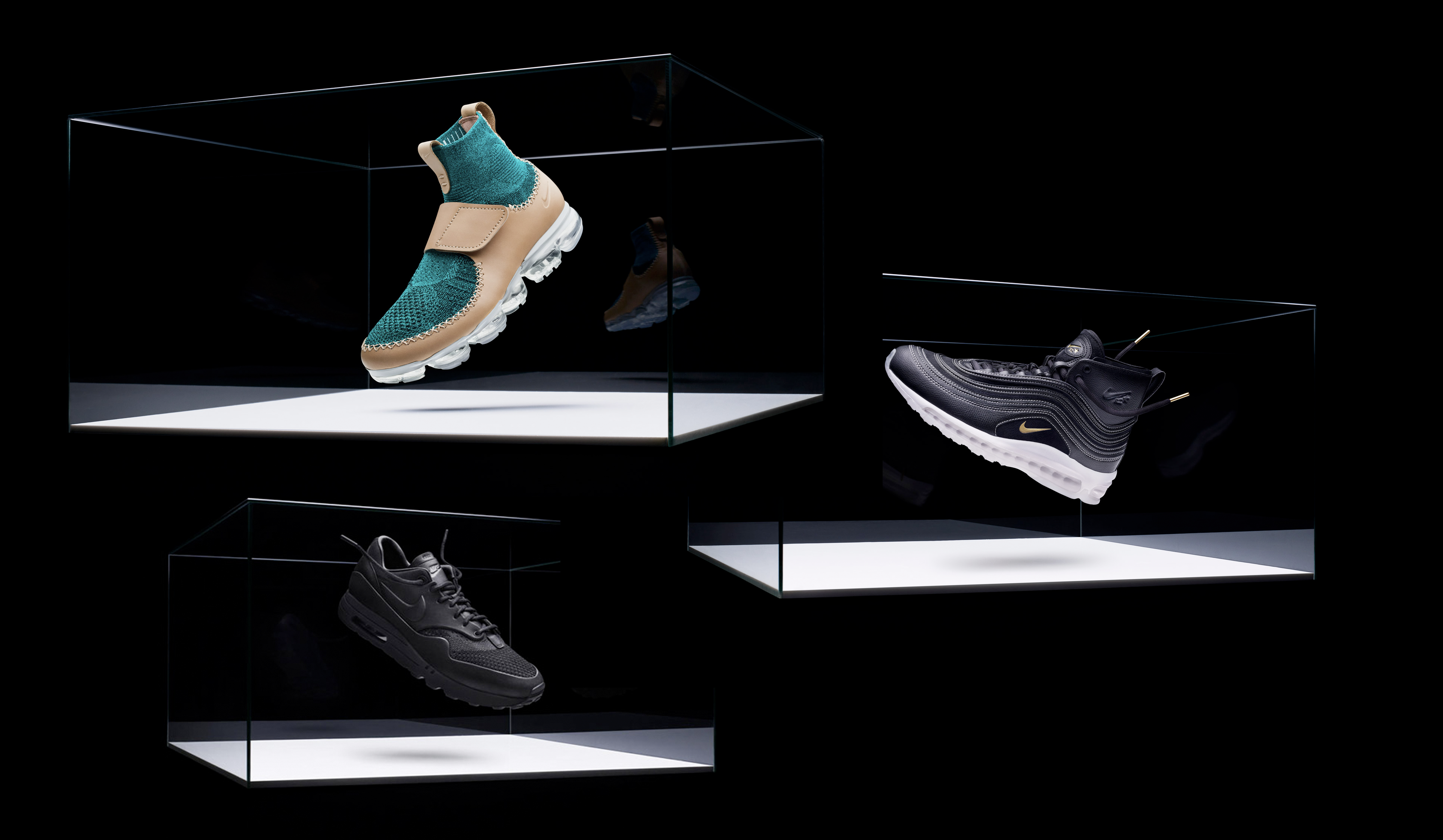
Composed of over 39,000 components, the VaporMax’s sole mold was a technological marvel within itself. Eschewing any foam cushioning or additional structure on the midsole, the masterfully engineered and finely tuned Air units maintain their shape and provided the closest thing to literally “walking on air”. Its FlyKnit upper resulted in an unbelievably light sneaker that still looks ahead of its time in 2021.
Finally, Sean Wotherspoon’s Air Max 97/1 was voted as the winner of the 2017 Vote Forward contest. Still only real in mockup form, the shoe would create waves online for the 365 days until its inevitable March 26th, 2018 release date. More on that in a bit.
2018:

It cannot be overstated just how much of a success the Air Max 270 was. By the end of the year, the React AM270 would become the driving force behind Nike’s reported 11% increase in footwear sales that year. The OG AM270 was a hit right out the gate. Designed and marketed as the first strictly lifestyle Air Max shoe, rather than a stylish runner, the AM270 was destined for the masses. Flaunting the tallest Air unit to date, counting in at a substantial 32mm in the heel unit. The lightweight upper mixed with squishy heel cushioning made this shoe – and all its vibrant GR colorways – a smash hit for the Swoosh.
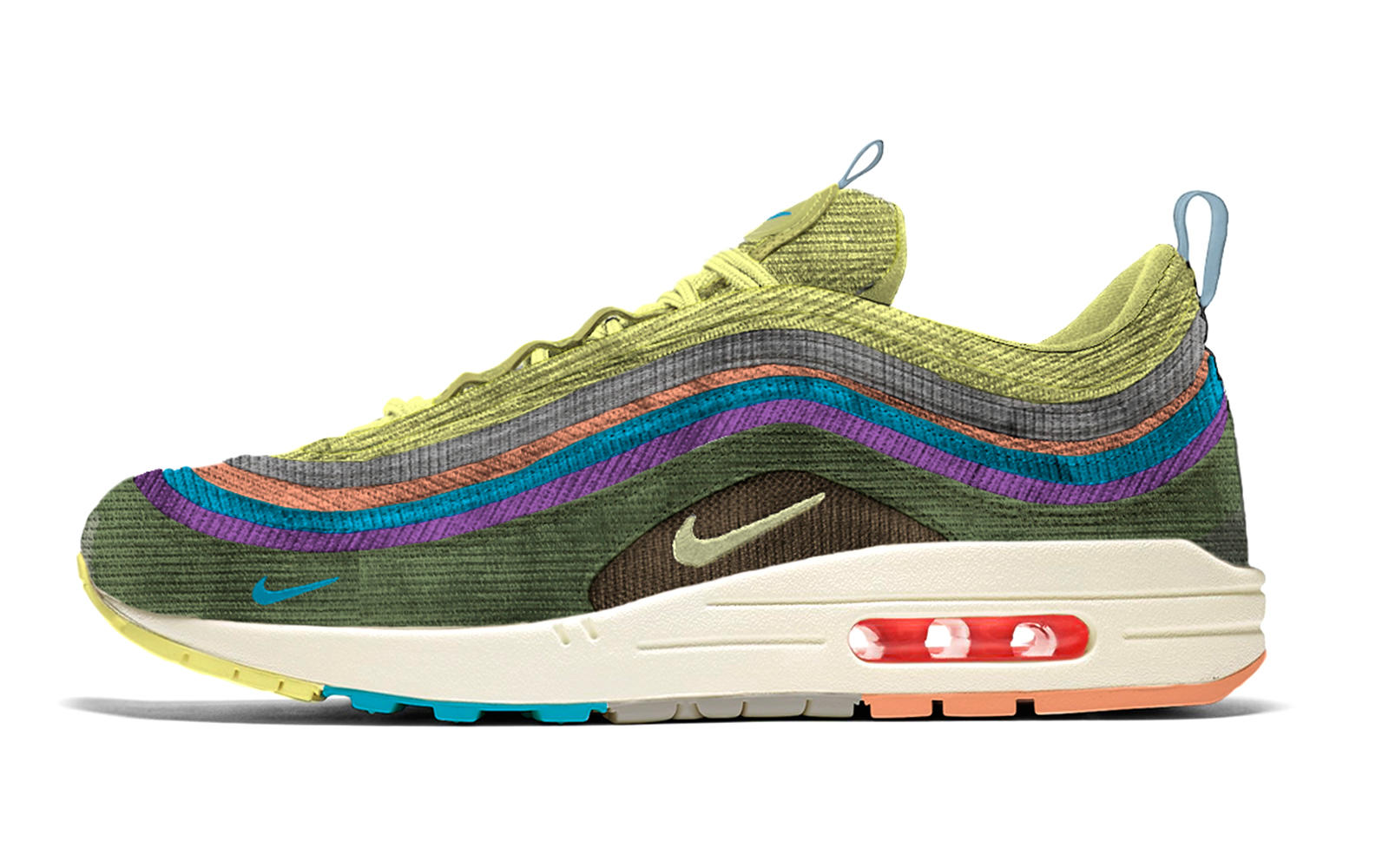
This was also the year that Sean Wotherspoon’s Air Max 97/1 finally dropped. Rather than reinvent the wheel, Wotherspoon chose to combine the wheel with… another wheel. Frankensteining together the sole of the OG AM1 with the inimitable curvatures of the 97, these were on many people’s Sneaker of the Year lists. Regardless of what you think of the guy’s current work with atmos or adidas, Wotherspoon’s first, last, and only release with Nike continues to be lauded as one of the 2010’s best collaborative sneakers.
2019:

“Uniquely engineered for steps rather than strides”, March 2019’s celebrations brought with it the introduction of yet another latest lifestyle-oriented offering from the Air Max line: the Air Max 720. Boasting an even taller heel Air unit than its predecessor, the AM270 (a whopping 38mm to be exact), the shoe featured the most cushion of any Air-equipped shoe from Nike as of yet. In a move towards sustainability, it was revealed that AM720’s Air unit would be constructed out “of more than 75% recycled manufacturing waste.”
2020:

Inspired by the 30th anniversary of the AM90, the aptly-named Air Max 2090 was released to the masses. By building upon the DNA of the previous year’s AM720 and the classic AM90, the AM2090 combined translucent materials and retro stylings to create a futuristic, Tron-esque looking shoe whose dividing aesthetic brought to mind the sheen of the OG Air Max 97 “Silver Bullet.”Featuring exaggerated updates like a 200% larger window to display the Air unit and a more protruding heel medalling reminiscent of the AM720’s bulbous silhouette, the 2090 may have been too much, too soon.
With 2020 being the first Air Max Day during a pandemic, the shoe was revealed via press releases, further dampening the excitement for the shoe’s rollout. Nike did release a well-produced documentary entitled “The Story of Air Max: 90 to 2090”, which gives a closer look at the 2090’s legitimately inspired design process and storytelling.
2021:
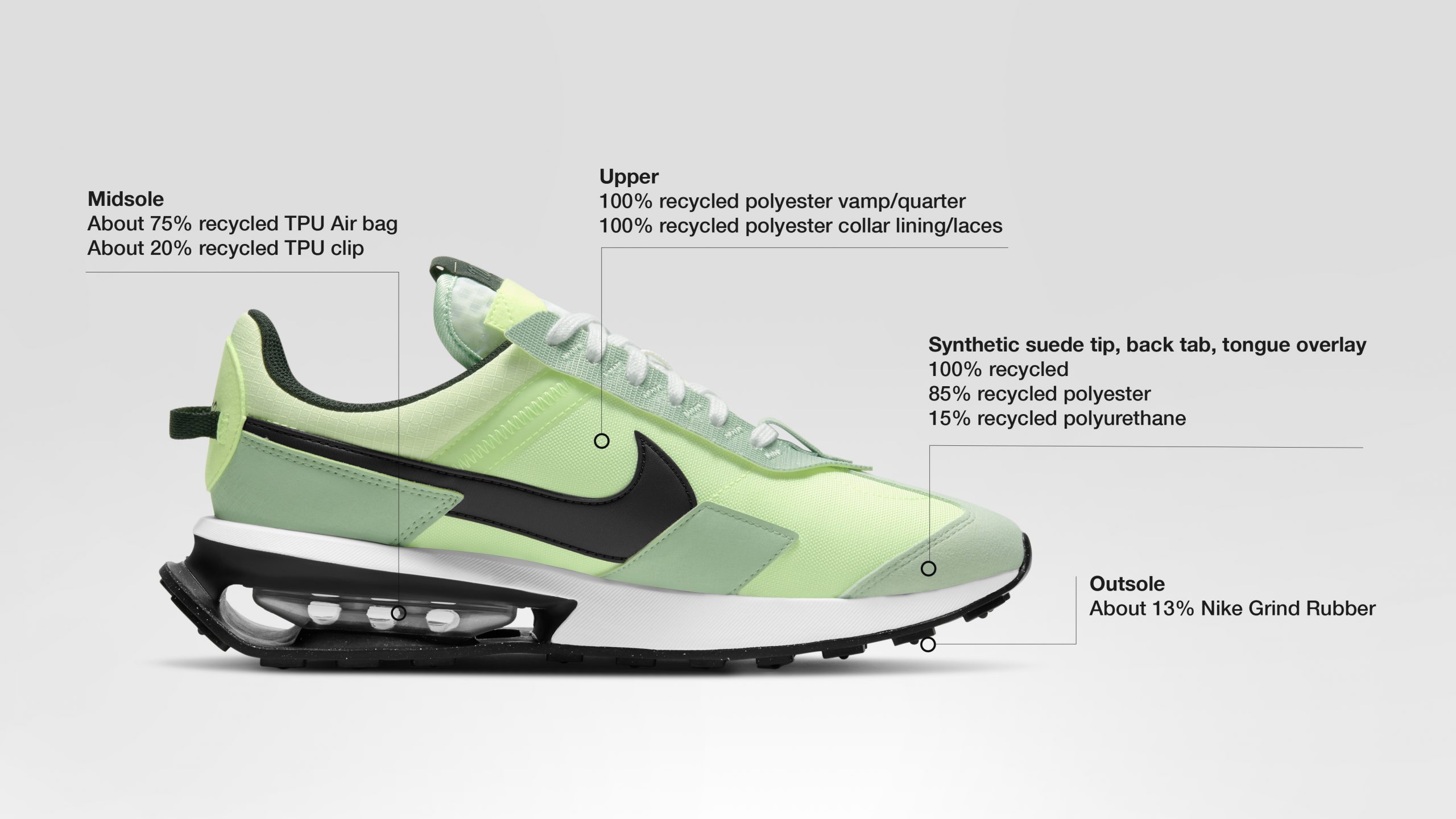
The Nike Air Max Pre-Day is the Swoosh’s latest innovation in Air technology. By utilizing more recycled materials in its construction and completely exposing the heel Air unit in an Eclipse Plate-esque mid/outsole, the shoe improves upon foot feel while decreasing its carbon footprint. With no additional material taking away from the heel unit’s interaction with your foot, all-new foot sensation and propulsion is achieved. While the Vapormax was this concept turned to the max, the Pre-Day’s contoured outsole allows for better propulsion while keeping the spirit of walking on air alive.
With a silhouette reminiscent of the 70s and 80s runners, the brand continues to show what it does best, mixing the past with a hint of the future. This year’s premiere silhouette, while impressive, and expected to be widely available, took a bit of a back seat to bigger headlines this year. In 2021, much of Air Max Day’s focus was instead on first-time retros of legendary collaborations such as Dave Ortiz’s DQM x Nike Air Max 90 “Bacon” from 2005 and CLOT’s AM1 “Kiss of Death” from 2006. 2021 also marks the second year of a pandemic-stricken Air Max Day, but this time a virtual, live-streamed event is in the works, hopefully brightening up the rollout of the all-new Nike Air Max Pre-Day.
What will next year bring?
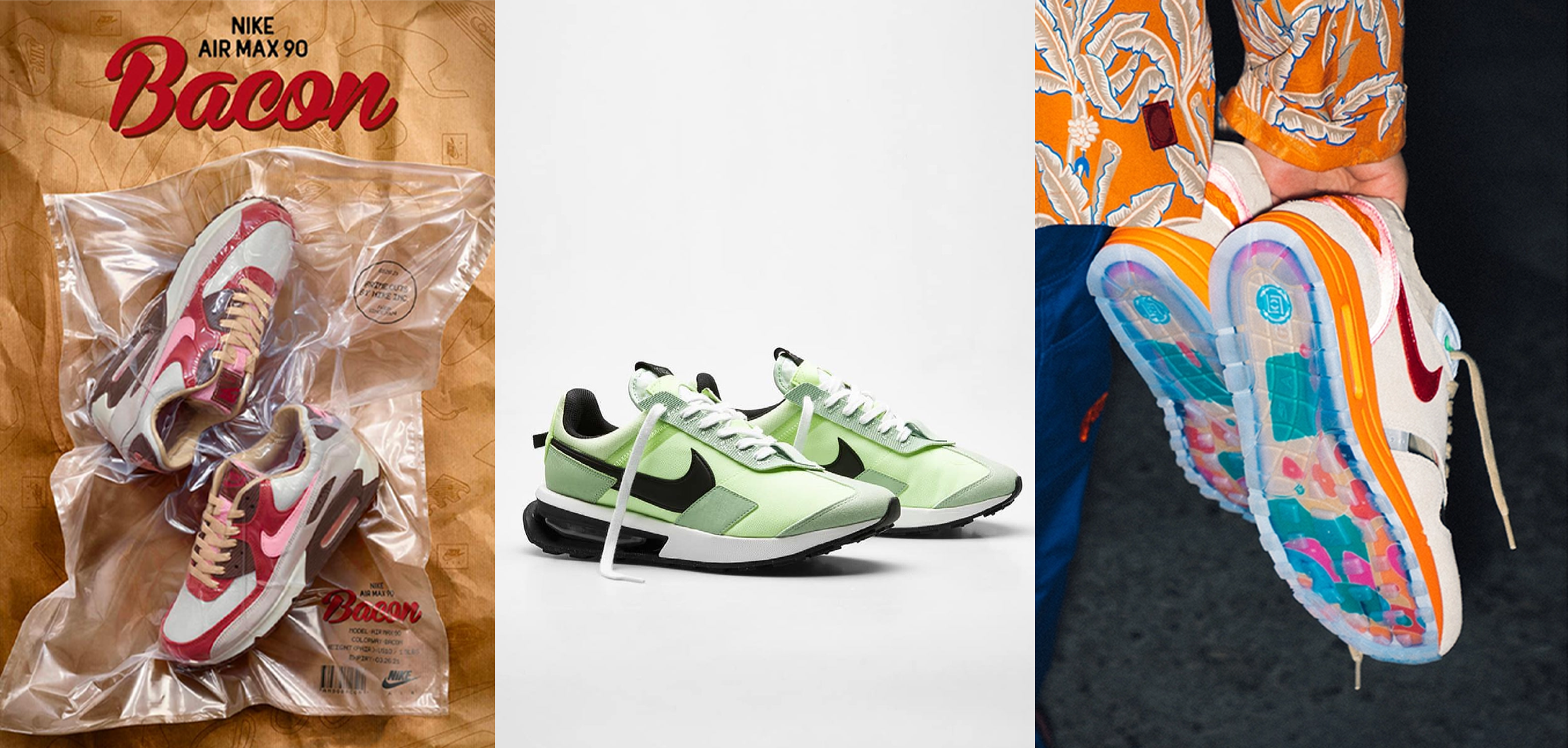
We’re building the place for people who love sneakers. An authentic, tight-knit community of real people, not resellers. From keeping you up to date on the latest drops to connecting you with people as passionate about sneakers as you, SoleSavy has your back. Join our waitlist today.
Images via Nike and CLOT

